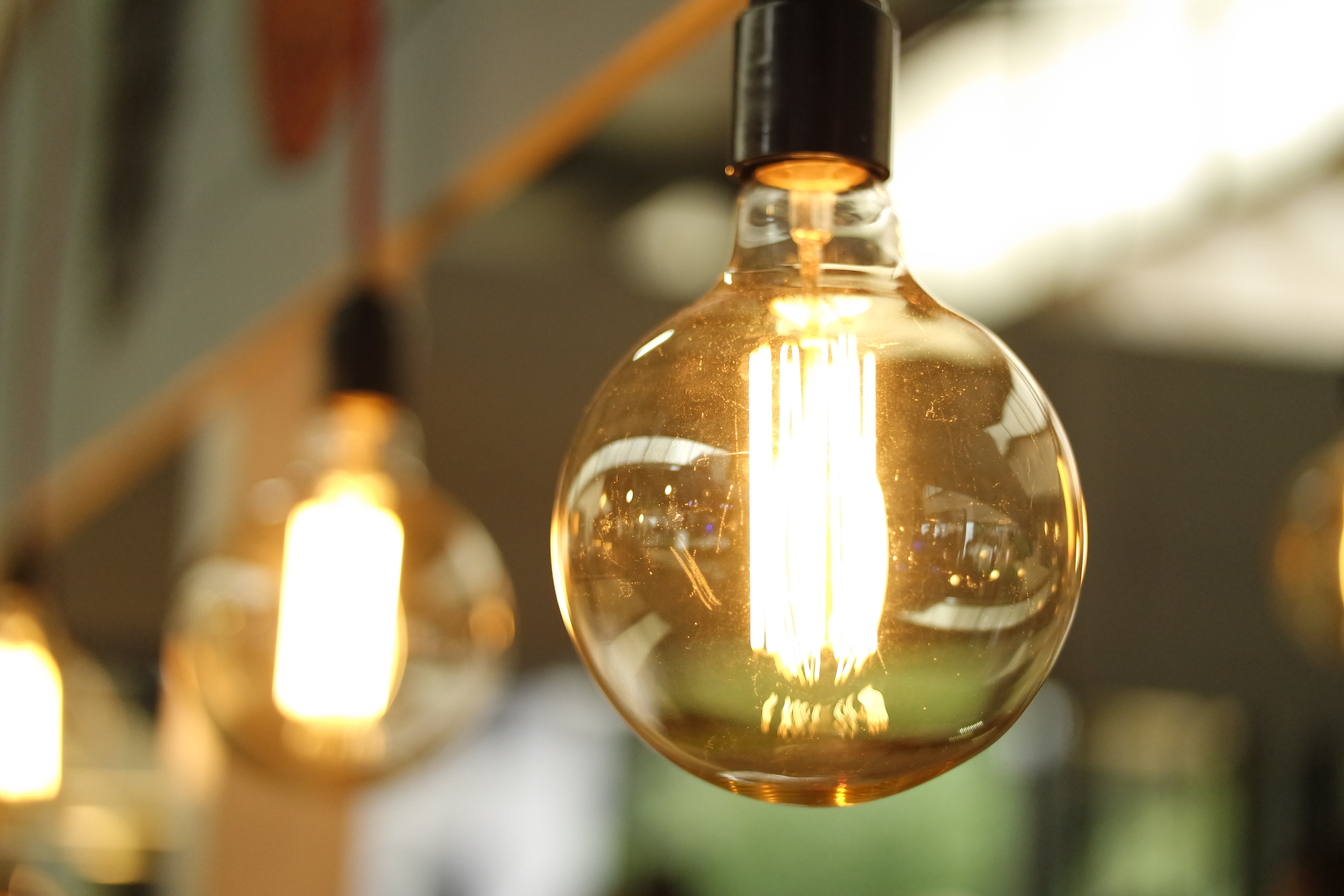
When it comes to building a new home or remodeling an existing one, incorporating energy-efficient and sustainable building practices has numerous benefits. Not only can it save you money on energy bills in the long run, but it also helps to reduce your environmental footprint. Here are some of the top benefits of energy-efficient and sustainable building practices, and how you can incorporate them into your home design.
1. Lower Energy Bills: By using energy-efficient appliances, lighting, and HVAC systems, you can significantly reduce your energy consumption and lower your monthly utility bills.
2. Reduced Carbon Footprint: Building a sustainable home means using materials that have a low environmental impact and minimizing waste. This helps to reduce your carbon footprint and contribute to a healthier planet.
3. Improved Indoor Air Quality: Many sustainable building practices focus on improving indoor air quality by using non-toxic materials and increasing ventilation. This can help reduce the risk of respiratory issues and improve overall health and wellbeing.
4. Increased Home Value: An energy-efficient and sustainable home can be a major selling point for potential buyers, and can increase the resale value of your home.
5. Government Incentives: Many governments offer incentives and rebates for building or retrofitting homes with energy-efficient and sustainable features, which can help offset the initial costs.
So, how can you incorporate energy-efficient and sustainable building practices into your home design? Here are some ideas:
At Curiousfly, we specialize in providing custom smart home automation solutions that incorporate energy-efficient and sustainable building practices. From smart lighting and HVAC systems to green energy generation and water conservation, our team of experts can help you design a home that is both functional and environmentally responsible.
In summary, incorporating energy-efficient and sustainable building practices into your home design has numerous benefits, both for your wallet and the planet. With the help of a trusted home automation company, you can design a home that is both stylish and environmentally responsible, while enjoying the latest in smart home technology.

